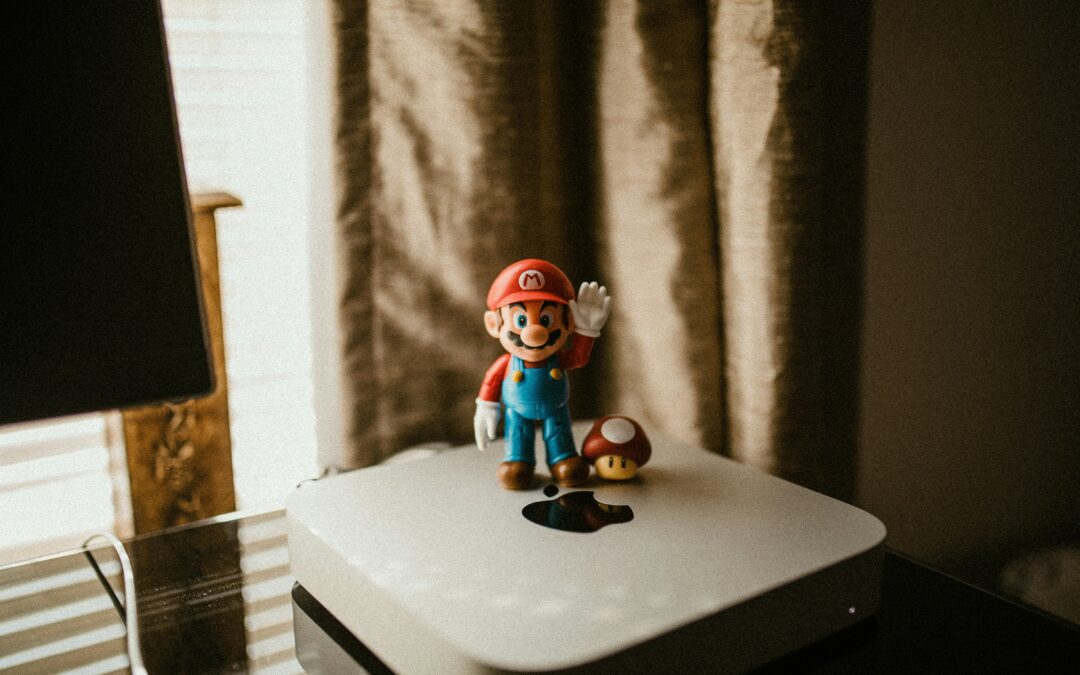When it comes to creativity in gaming, few titles hold the same nostalgic charm as Mario Paint. Released in 1992 for the Super Nintendo Entertainment System (SNES), Mario Paint broke away from traditional Mario platforming adventures to deliver an entirely different experience. Instead of battling enemies or racing through levels, players were encouraged to create art, compose music, and explore playful mini‑games. Using the SNES Mouse accessory, Mario Paint became a groundbreaking tool for self‑expression, introducing many gamers to digital creativity for the first time.
1. The Origins of Mario Paint
In the early 1990s, Nintendo took a bold step by releasing Mario Paint as a bundled package with the SNES Mouse. The idea was simple but revolutionary: give players a creative playground inside their gaming console. Instead of focusing solely on competition, Mario Paint encouraged imagination and experimentation. It was part game, part educational software, and part art studio-all wrapped in the cheerful world of Mario.
2. Art and Animation Tools
At its heart, Mario Paint was an art creation program. Players could use a variety of tools, including brushes, stamps, fill buckets, and color palettes, to draw anything they could imagine. The SNES Mouse allowed for precise control, making it easier to create detailed images. The animation feature added another layer of fun, letting players make short, looping sequences. This combination of tools was ahead of its time, giving players the freedom to express themselves visually in ways no other console game had offered.
3. Music Maker Mode
One of Mario Paint’s most beloved features was its Music Maker. This mode allowed players to compose melodies by placing Mario‑themed icons on a musical staff. Each icon represented a different instrument or sound effect-ranging from pianos and drums to quirky noises like dog barks and Yoshi’s voice. The result was a fun, interactive music studio that sparked creativity in both kids and adults. Even today, fans recreate popular songs using Mario Paint’s style, proving its lasting influence on gaming culture.
4. Fun Mini‑Games
In addition to its creative modes, Mario Paint included mini‑games to keep things lighthearted. The most famous was “Fly Swatter,” a fast‑paced game where players used the SNES Mouse to swat pesky insects on their TV screens. While simple in concept, it became a fan favorite and a test of hand‑eye coordination. Today, many fans even recreate similar mini‑games on laptops, keeping the nostalgic spirit alive. These games not only provided entertainment but also helped players sharpen their mouse‑control skills for use in the art and music modes.
5. A Lasting Legacy
More than three decades later, Mario Paint still holds a special place in the hearts of gamers. It inspired later Nintendo titles such as WarioWare D.I.Y., Super Mario Maker, and even creative elements in Animal Crossing. For many, it was the first step into digital art and music creation, laying the groundwork for modern creative software in gaming.
Conclusion
Mario Paint wasn’t just a video game-it was a creative revolution. By blending art tools, music composition, and mini‑games, Nintendo delivered a timeless experience that celebrated imagination and fun. Even today, it serves as a reminder that games can be more than just competition-they can be a canvas for creativity.
Photo by Omar Rodriguez on Unsplash
